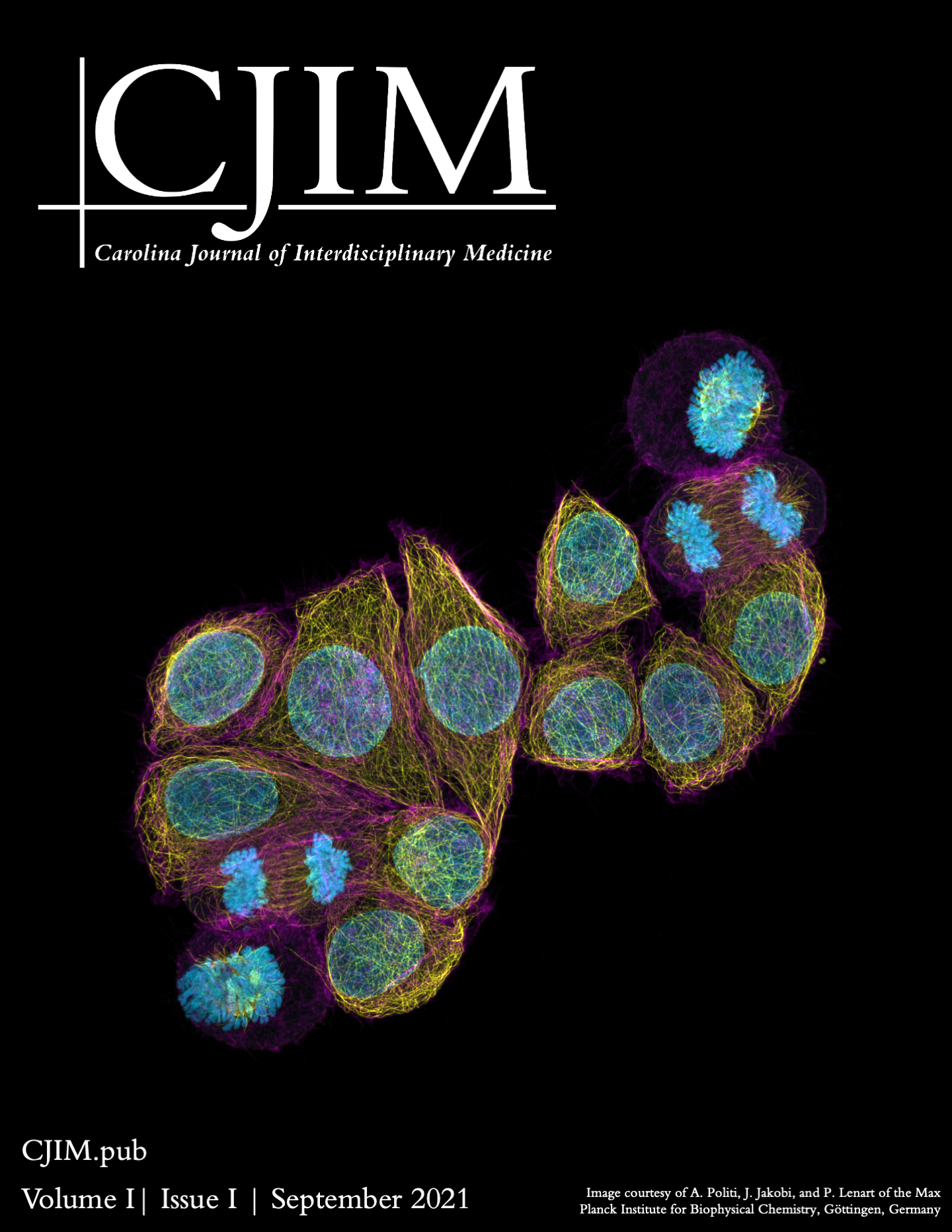Ethical and Global Health Perspectives on Obstetric Healthcare and Safe Abortions in Refugee and Internally Displaced Populations
DOI:
https://doi.org/10.47265/cjim.v1i1.551Keywords:
refugee health, global health, obstetrics, ethics, women's health, displacementAbstract
Statement of Significance
Literature demonstrates women living in poverty in remote areas are less likely to receive adequate health care, particularly in regard to obstetrics and gynecology. Lack of medical care during childbirth is associated with significant maternal mortality due to otherwise readily prevented or treated causes. While reproductive healthcare for women in all 'developing nations' merits consideration, this catch-all term for under-resourced regions obscures disproportionate burdens faced by a heterogeneous collection of communities facing disparate barriers to health care.
Displaced women, both externally as refugees or within their nation of origin, face maternal morbidity and mortality rates at nearly twice the world average. Displaced women and those in countries deemed as undergoing a humanitarian crisis, represent the majority of all maternal deaths—both globally and among developing nations.
This article considers the current state of women's health in displaced populations. Data on morbidity, mortality, and disparities in reproductive health demonstrate a violation of their human rights as defined by well-established ethical paradigms and international declarations. The onus of guaranteeing human rights to reproductive health falls well within the purview of the international medical community. Medical providers and medical organizations have a responsibility to recognize and amend these disparities and this article concludes by offering practical approaches toward this end.
References
Reference List
Maternal Mortality Fact Sheet. World Health Organization Website. Published September 19, 2019. Accessed September 4, 2020. https://www.who.int/news-room/fact-sheets/detail/maternal-mortality
Maternal Mortality in Humanitarian Crises and in Fragile Settings. United Nations Population Fund Website. Published November 2015. Accessed September 4, 2020. https://www.unfpa.org/resources/maternal-mortality-humanitarian-crises-and-fragile-settings
Figures at a Glance. United Nations High Commissioner for Refugees Website. Updated June 18, 2020. Accessed September 4, 2020. https://www.unhcr.org/en-us/figures-at-a-glance.html
Refugee Facts: What is a Refugee? United Nations High Commissioner for Refugees Website. Accessed September 4, 2020. https://www.unrefugees.org/refugee-facts/what-is-a-refugee/
Supporting Access to Family Planning and Post-Abortion Care. CARE Website. Accessed September 4, 2020. https://www.care.org/our-work/disaster-response/health-in-emergencies/safpac/
Worldwide, an Estimated 25 Million Unsafe Abortions Occur Each Year. WHO website. Updated September 28, 2017. Accessed September 4, 2020. https://www.who.int/news-room/detail/28-09-2017-worldwide-an-estimated-25-million-unsafe-abortions-occur-each-year
Ganatra B, Gerdts C, Rossier C, Johnson Jr B R, Tuncalp Ö, Assifi A, Sedgh G, Singh S, Bankole A, Popinchalk A, Bearak J, Kang Z, Alkema L. Global, regional, and subregional classification of abortions by safety, 2010–14: estimates from a Bayesian hierarchical model. The Lancet. 2017 Sep. https://pubmed.ncbi.nlm.nih.gov/28964589/
Preventing Unsafe Abortion. World Health Organization Website. Updated June 26, 2019. Accessed September 4, 2020. https://www.who.int/news-room/fact-sheets/detail/preventing-unsafe-abortion
Leaning J, Guha-Sapir, D. Natural Disasters, Armed Conflict, and Public Health. N Engl J Med. 2013. 369:1836-1842. https://www.nejm.org/doi/full/10.1056/nejmra1109877
Austin J, Guy S, Lee-Jones L, McGinn T, Schlecht J. Reproductive Health: A Right for Refugees and Internally Displaced Persons. Reprod Health Matters. 2008. 16:31. https://pubmed.ncbi.nlm.nih.gov/18513603/
Lehmann, A. Safe Abortion: A Right for Refugees? Reprod Health Matters. 2002. 10(19):151–155. https://www.tandfonline.com/doi/pdf/10.1016/S0968-8080%2802%2900026-5
Refocusing Family Planning in Refugee Settings: Findings from a Multi-Country Baseline Study. 2011. UNHCR and Women’s Refugee Commission. http://www.unhcr.org/4ee6142a9.pdf
Mwaikambo L, Speizer I, Schurmann A, Morgan G, Firkee F. What works in family planning interventions: a systematic review of the evidence. Stud Fam Plann. 2011 Jun. 42(2): 67–82. https://pubmed.ncbi.nlm.nih.gov/21834409/
Ehiri J, Gunn J, Center K, Rouhani M, Ezeanolue E. Training and deployment of lay refugee/internally displaced persons to provide basic health services in camps: a systematic review. Journal of Global Health Action. Sep 2014, 7:1, 23902. https://pubmed.ncbi.nlm.nih.gov/25280734/
Girard F, Waldman W. Ensuring the reproductive rights of refugees and internally displaced persons: legal and policy issues. Int Fam Plan Perspect. 2000 Dec. Vol 26(4): 167-173. https://www.guttmacher.org/journals/ipsrh/2000/12/ensuring-reproductive-rights-refugees-and-internally-displaced-persons-legal
Additional Files
Published
How to Cite
Issue
Section
Categories
License
Copyright (c) 2021 Hannah Boutros, MD

This work is licensed under a Creative Commons Attribution-NonCommercial-ShareAlike 4.0 International License.


